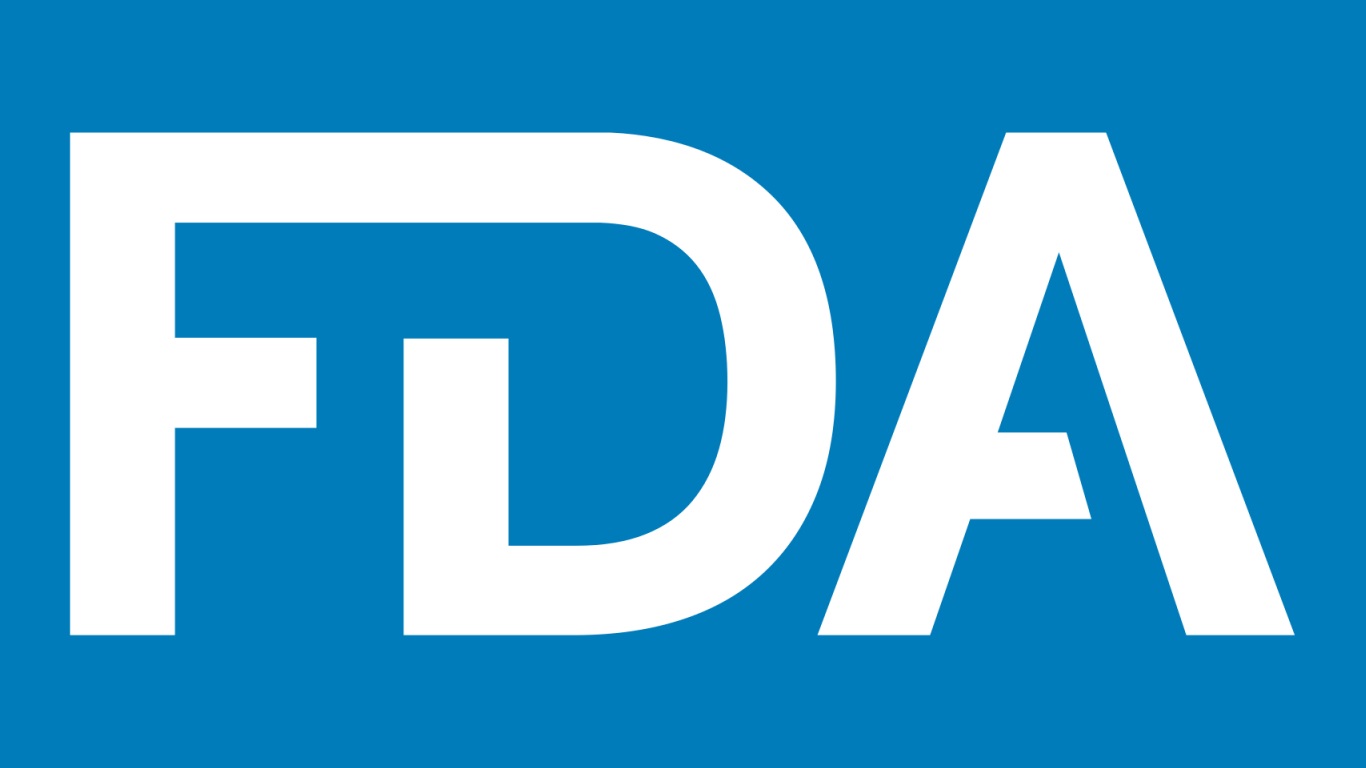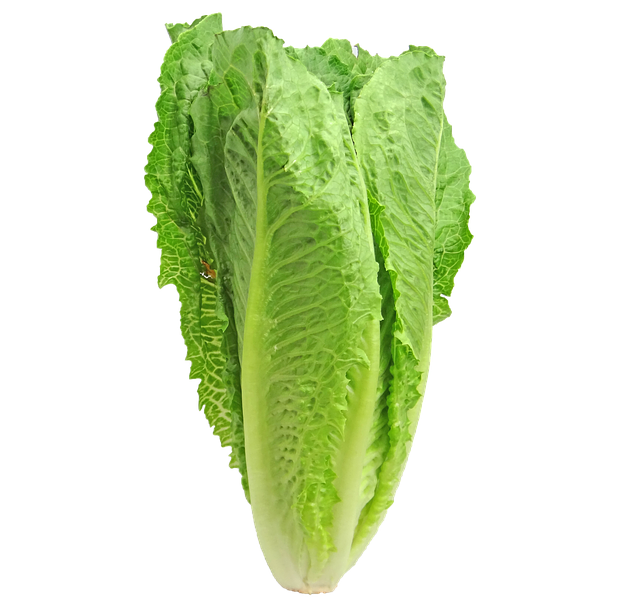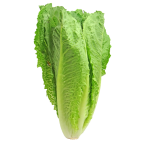On November 21, 2022, the Food and Drug Administration (FDA) published the Food Safety Modernization Act (FSMA) Final Rule: Requirements for Additional Traceability Records for Certain Foods (Food Traceability Rule). With the effective date for updated recordkeeping approaching in January 2026, traceability is a top priority for most organizations working in the food industry. Produce companies are especially impacted by traceability requirements as the first step in the food supply chain.
Most produce companies are no strangers to the importance of traceability. In fact, the Produce Traceability Initiative (PTI) was created over 15 years ago as a voluntary, industry-wide effort designed to help the industry maximize the effectiveness of current track and trace procedures, while developing a standardized industry approach to enhance the speed and efficiency of traceability systems for the future. The PTI has set dozens of companies throughout North America—ranging from small farms to international retailers—on the path to enhanced traceability and compliance with the FDA’s Food Traceability Rule.[i]
The following steps can help any produce company, whether it currently follows the PTI or not, prepare to meet FDA’s traceability requirements:
- Understand the Food Traceability Rule.
While the FDA has had traceability requirements in the past, the FSMA Food Traceability Rule is intended to enhance traceability recordkeeping for certain identified foods beyond a limited “one step forward, one step back” traceback approach. The objective of the Rule is to help the FDA rapidly and effectively identify recipients of those foods to prevent or mitigate foodborne illness outbreaks and address credible threats of serious adverse health consequences or death.[ii]
In comparing the FSMA Rule to the PTI, a recent PTI press release states that the requirements of the PTI for case-level traceability are aligned with the Final Rule and cover approximately 90-95% of the requirements, with major differences stemming from the Traceability Lot Code Source and Traceability Lot Code Source Reference.[iii]
The key elements of the FDA Rule are built into several acronyms:
- FTL (Food Traceability List): This list identifies the categories of high-risk foods that require additional traceability records under the Food Traceability Rule. The FTL currently comprises the following produce commodities: cucumbers, fresh herbs, leafy greens, melons, peppers, sprouts, tomatoes, tropical tree fruits, and fresh cut fruits and vegetables. Other non-produce foods on the FTL include cheeses, shell eggs, nut butter, finfish, crustaceans, mollusks/bivalves, and ready-to-eat (RTE) deli salads.
- TLC (Traceability Lot Code): This descriptor, often containing a combination of letters and numbers, is used as a unique identifier for product as it moves through the supply chain. The TLC is to be established by entities that originate, transform, or create food on the FTL. Once a food has been assigned a TLC, the TLC must be included in traceability program records collected at each Critical Tracking Event (CTE) and as a part of all Key Data Elements (KDEs) (see below). The TLC remains the same throughout the supply chain unless a transformation of the food occurs. The objective is to create linkages throughout the supply chain to help the FDA address key points in the supply chain more quickly in the event of an outbreak.
- CTE (Critical Tracking Event): CTEs are the events in the food supply chain that require additional recordkeeping. These include harvesting, cooling before initial packing, packing, transforming, shipping, and receiving. At each CTE, the responsible entity must record the TLC.
- KDE (Key Data Element): KDEs comprise the information associated with a CTE for which a record, including a TLC, must be maintained. Examples of KDEs include location description of the food being harvested; name of the field or growing area where the produce was harvested; date of harvest; quantity and unit of measure of the produce; date when the produce went from harvest, to cooling, to packing, to shipping, etc.
- Interpret the Rule and Determine its Applicability.
To determine the Rule’s applicability, it is important to first take an inventory of your operations and products:
- Do you grow cucumbers, herbs, leafy greens, melons, peppers, sprouts, tomatoes, or tropical tree fruits?
- Do you process fresh cut fruits, leafy greens, or vegetables other than leafy greens?
- Do you manufacture a product that contains any of the foods listed above?
If the Rule applies (i.e., you answered yes to any of the three questions above), you must:
- Maintain specific data records (i.e., KDEs) for at least two years.
- Keep records of all CTEs.
- Maintain an approved, updated Traceability Plan.
- Ensure all data is easily accessible so it can be provided to the FDA within 24 hours of a request.
Note that there are a few nuanced exemptions that apply to farms, as noted on this FDA flow chart.[iv]
- Perform a Gap Assessment.
Most produce companies are likely capturing at least some of the information needed to comply with the Food Traceability Rule, particularly if they already implement the PTI requirements. Conducting a gap assessment will help identify missing elements that may be required for compliance with FDA’s Rule. The following questions can help guide this assessment:
- Does your organization already capture data that may be considered a KDE? For example, do you apply lot codes to your products? Do you collect location information about where your product is harvested (e.g., farm site A, field 7)? Determine if there is any specific information or data points you are missing and how you can gather that data.
- Do you have a sufficient Traceability Plan? Does it cover all the elements required in the Food Traceability Rule?
- Are there upgrades you need to make to your recordkeeping system to solve your data collection pain points? Having a good document/records management system is essential for maintaining and sharing the data required by the Food Traceability Rule.
- What collaborative activities can you and your suppliers/buyers perform to ensure that data is shared efficiently and encourage compliance?
- Create a Plan of Implementation.
The gap assessment will identify elements that you need to implement to help ensure compliance. Use that information to create a game plan, working backwards from the Rule’s January 20, 2026 effective date. Doing so now affords time to test solutions, see how they work in practice, problem solve, and find the right solutions for your organization.
At a minimum the implementation plan must include two key elements that will be vital for compliance:
- Traceability Plan. Every organization must develop a new (or update an existing) Traceability Plan for collecting the KDEs that are required by the Rule, as outlined in the CFR[v] (see also the FDA example of a Traceability Plan for Farms[vi]). The Traceability Plan must be updated annually, and old plans must be maintained for at least two years. The Traceability Plan must include:
- Description of the procedures used to maintain required records, as well as how to format and where to store those records.
- Description of how TLCs are assigned.
- Assignment of and contact information for a point person who can answer questions about the Traceability Plan and/or traceability records.
- Map identifying the farms where FTL produce is grown.
- Document/Records Management System. Produce companies who manufacture, process, pack, or hold foods on the FTL will need to implement a document/records management system to fulfill the Food Traceability Rule’s recordkeeping requirements. While hard copies in binders can work, an electronic document management system can create efficiencies and standardization, reduce human error, and improve accessibility when managing vast amounts of data.
As produce companies work through this process, it is important to remember the objective of the Food Traceability Rule. Ultimately, the Rule will allow the food industry to quickly remove potentially harmful foods from the supply chain and make the entire recall process more efficient. Even if the FTL list does not apply to all your products, your customers may still require that all produce they purchase meet the same requirements as foods listed on the FTL. Creating this end-to-end traceability will save time, money, and most importantly, human lives.
[i] Produce Traceability Initiative. The Produce Traceability Initiative: Working to achieve standardized, electronic (computerized) traceability across the supply chain. September 2011. https://producetraceability.org/wp-content/uploads/2022/03/PTI-Flyer_FNL_v2-2011-10-20.pdf.
[ii] Food and Drug Administration. What you need to know about the Food Traceability Rule: Recordkeeping Information for Produce Farms. June 2023. https://www.fda.gov/media/169510/download.
[iii] The Produce Traceability Initiative. Produce Traceability Initiative (PTI) Releases FSMA 204 Implementation Guidance. February 13, 2024. https://producetraceability.org/produce-traceability-initiative-pti-releases-fsma-204-implementation-guidance/.
[iv] Food and Drug Administration. Exemptions to the Food Traceability Rule. https://collaboration.fda.gov/tefcv13/.
[v] National Archives and Records Administration. CFR Title 21, Chapter I, Subchapter A, Part 1, Subpart S, Traceability Plan. May 21, 2024. https://www.ecfr.gov/current/title-21/chapter-I/subchapter-A/part-1/subpart-S/subject-group-ECFRe6c9096adb572d4.
[vi] Food and Drug Administration. Traceability Plan Example for Farms (§1.1315). November 2023. https://www.fda.gov/media/174057/download?attachment.















